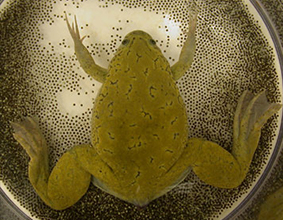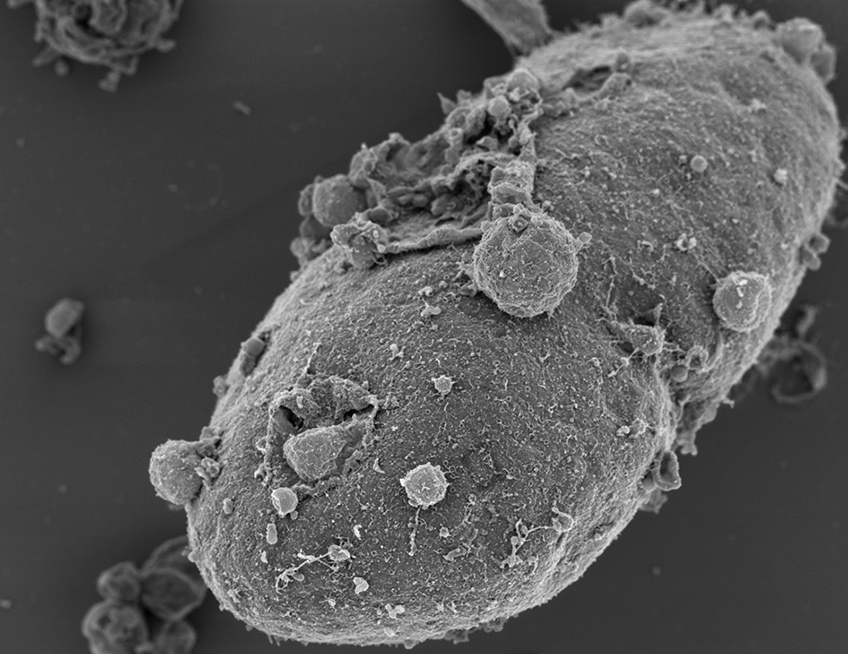Mechanistic studies of nuclear pore assembly and function have been a long term interest of the Harel laboratory and require specialized experimental systems. These include specific nuclear import and export assays in mammalian cell culture, as well as the unique nuclear reconstitution system based on egg extracts of the African clawed frog Xenopus laevis. Fractionated egg extracts, together with an external source of chromatin, support the formation of functional nuclei in the test-tube within 1 hour. The cell-free reconstitution system has played a central role in many of our publications and has also provided a basis for developing novel experimental platforms. One example is the in vitro assay for targeting Herpes simplex (HSV1) viral capsids to NPCs (Anderson et al., 2014). The greatest advantage of the Xenopus reconstitution system is that it facilitates the study of transient and extremely fragile intermediates of NPC assembly. The anchored chromatin assembly platform uses decondensed sperm chromatin units pre-attached to silicon chips and allows high resolution SEM imaging of specific stages in the assembly process. One of our current projects reveals a novel wide-channel intermediate in NPC assembly. Another on-going project focuses on the nuclear translocation of the Hsp90 chaperone.




